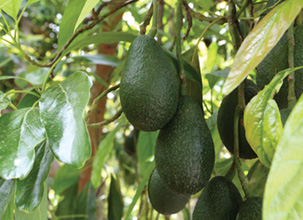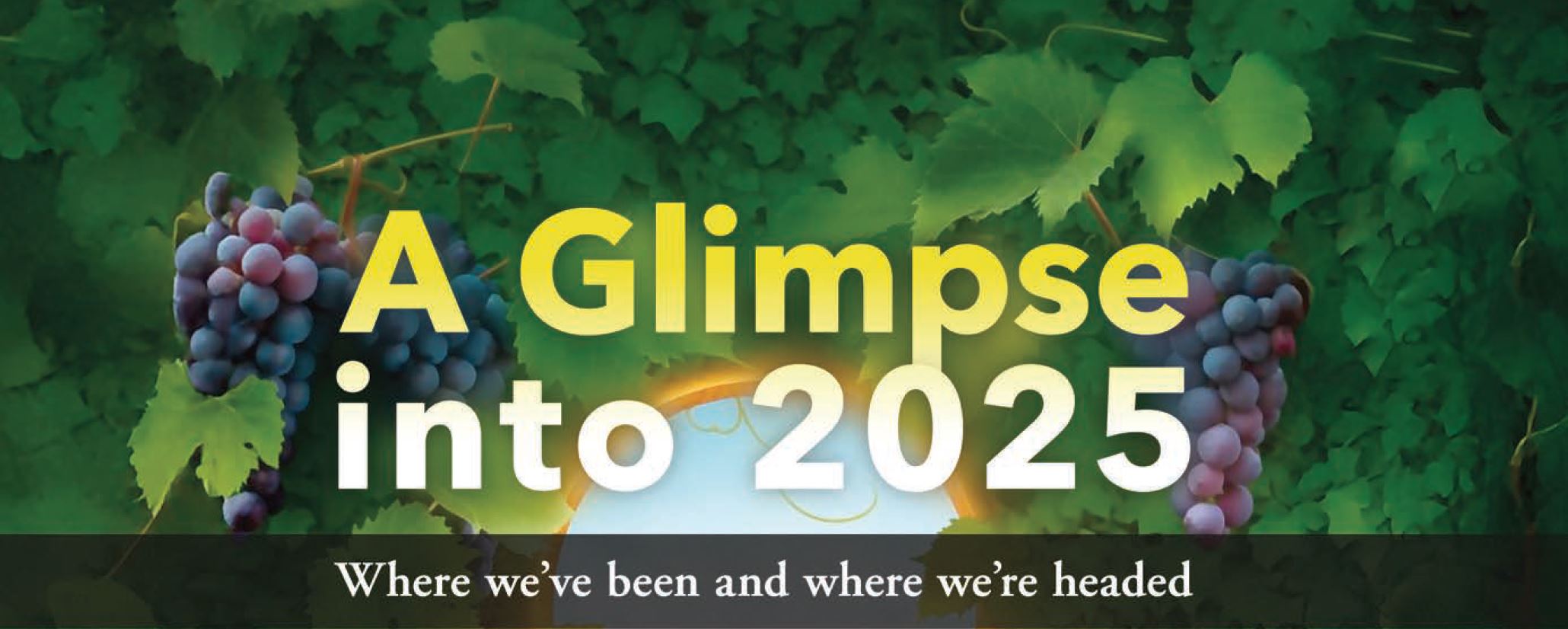Welcome to Blue Book!
Are you ready to join the thousands of companies who rely on Blue Book to drive smarter decisions? View our plans and get started today!
Still have questions? We’d love to show you what Blue Book can do for you. Drop us a line– we’ve been waiting for you.

Fallbrook, California considers itself the “Avocado Capital of the World,” though Golden State avocados are grown from San Diego in the southernmost part of the state to San Luis Obispo in the middle. San Diego and Ventura are the highest producing regions, holding 37 and 31 percent respectively of the state’s acreage.
There are hundreds of varieties, but only eight are grown commercially in California, with Hass dominating production (at 95 percent of all fruit grown). Hass avocados are a California native with pebbly skin, which makes them more resistant to bruising and easier to ship than other varieties.
Through extensive marketing, avocados are increasingly recognized for their nutritional value and on the verge of ‘superfood’ status. Even with heated competition from Mexican, Peruvian, and Chilean suppliers and the water crisis, California branding has remained strong. Here’s how those in the industry are finding success among the many hurdles.
Growing & Harvesting
Bob Lucy, president of Del Rey Avocado Company, Inc., is a grower and shipper in Fallbrook who says California’s “warm but not too hot” climate is perfect for growing fruit like avocados with high oil content, which contributes to flavor. In some locales, cooler temperatures inhibit oil levels, affecting taste, and too much rain can damage skin.
Ben Holtz, owner of California Avocados Direct, puts it this way: “California has the perfect microclimate, perfect soil types, and ideal solar energy that allows us to grow a tropical fruit in an arid environment.”
Despite good weather, it takes three years before a tree’s first harvest and an average of 8,000 gallons of water annually to yield strong crops. California’s water crisis is certainly influencing production, with growers hoping rain will augment meager supply and others drilling deeper into the water table with wells. The water that does reach San Diego County from the Colorado River contains a fair amount of salt, so even more water is needed to leach salt from tree roots. Although pumping well water is a benefit, it too can be high in salt content. Investing in efficient reverse osmosis systems to clean the water prior to irrigating can be a necessity for some growers.
The industry saw large yields in 2012 and 2013, but last year’s production was low with less than 300 million total pounds. Although avocados are alternate bearing fruit, the decreased production can be attributed to water salinity and drought conditions, which don’t allow the trees to “bloom or set as well, reducing the crop,” explains Lucy.
Marketing Groups & Trade Associations
The California avocado industry has a great deal of support through marketing and promotional organizations. The California Avocado Society, which depends on voluntary dues and sponsorship, provides education and advocacy for growers, while the California Avocado Commission (CAC) and Hass Avocado Board (HAB) each require mandatory assessments for marketing and research. The CAC represents close to 5,000 growers and was formed in 1978 to generate demand for Golden State avocados. Jan DeLyser, vice president of marketing, says the commission’s marketing programs target key retail and foodservice customers who have an “interest in knowing who, how, and where their food is grown.”




